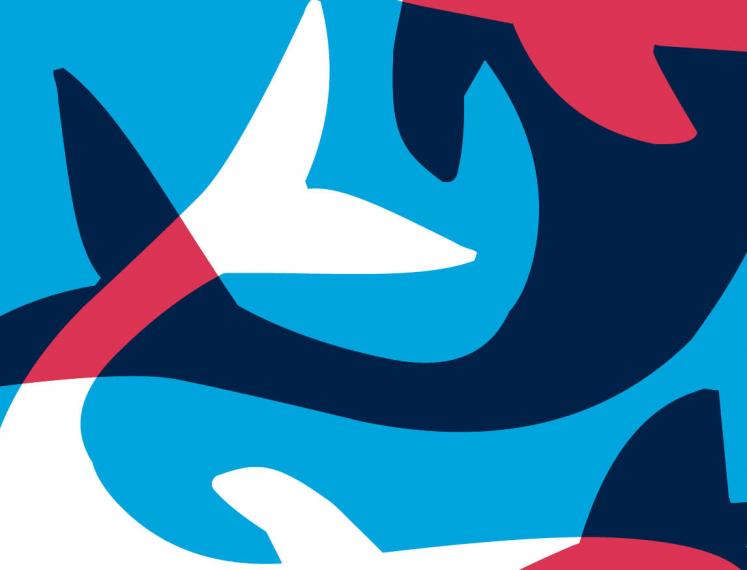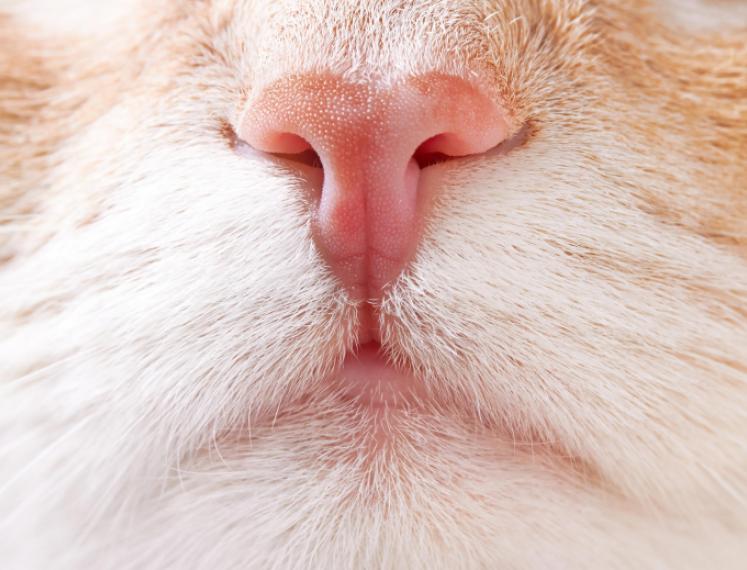
Dirty Pigs and Deathly Sharks
On October 4, we celebrated World Animal Day. But what is our relation to animals nowadays? We keep them as pets, we eat them and we constantly share cat videos on social media. However, we hardly encounter any animals in real life. How does this affect the way we see animals? On Wednesday October 13, we start off our lecture series Animals and Us with media scientist Maarten Reesink who will tell us more about the representation of animals in popular media in Images of Animals. We asked him a few questions beforehand.
Q: What made you research animals and how they are represented in the media?
A: My eyes were opened by two books by predecessors in Animal Studies, Why Look at Animals by John Berger and Picturing the Beast by Steve Baker. The essence of Berger's essay is that many people are now completely alienated from wild nature and living animals. But at the same time, animal stories and films are more popular than ever: think of David Attenborough's TV series or animated films such as The Lion King or Finding Nemo. As the audiovisual culture in which we grow up increasingly influences the way we view and interact with animals, it is vital that we take a critical look at such images and stories.
But, and that's Baker's thesis, most media images of animals present them as fun, sweet and cute, but at the same time stupid, a bit ridiculous and above all not too serious. Smiling critters on packaging of everything, in commercials, on cards or in films. Baker calls these expressions of our "Disney mentality", and the result is that we don't take animals very seriously. A fiction film with animals is a children's or family film; long mourning the death of a beloved pet is immature; and a political party for animals can only be a joke. That idea has been deeply ingrained in our culture for a long time and is still dominant in many people - although that has begun to change in recent decades.
Q: How did the way animals are represented in the media develop over time?
A: That development is positive in itself, and is a reflection of the development in our thinking about animals. In the early decades of film, animals were objects to shoot at, both with the camera and the gun. Hunting films, a very popular genre at the beginning of the 20th century, are the best example. From the middle of the 20th century, animals become more individuals with whom we can identify, in animation films but also in documentaries. Disney has played a major role in both genres - although they also often went too far in humanizing the animals. Today we see that filmmakers look for creative forms to do justice to both the differences and the similarities between animals, and also sometimes literally look at the world from an animal perspective. Think, for example, of De Wilde Stad, or of the pig in Babe.
Q: Can you name one animal that is often wrongly represented in the media? What myths did it generate?
A: The most famous example is of course the shark in Jaws. The story and the character are completely unrealistic, the actual annual number of shark accidents is very low when compared to, for example, our best friend the dog, but the film has done a lot of damage to the image of sharks - something that still does today. A very different example is the pig. Pigs have long been presented as dirty animals, while pigs are very clean creatures. Or they are presented as proverbially stupid creatures, take for example the displays of a cute pig with a knife and fork in its fists in front of a butcher shop. Too bizarre for words when you think about it, which you rarely do because that image is such a stereotype that you don't even notice it anymore.
Q: Any video you would recommend before visiting your lecture?
A: I'm not exactly a big fan of cat videos on the internet, but Paw de Deux starring Henri Le Chat Noir is a brilliant exception. The cat's thoughts are expressed by a human voice-over and of course we do not know whether they are correct, but from the cat's point of view they are not crazy at all. And the black humor with which Henri is supposed to view the world around him is full of irony and at the same time painfully realistic.
Maarten Reesink teaches Human-Animal Studies at the Department of Media Studies and the Institute for Interdisciplinary Studies at the University of Amsterdam. He is the author of Dier en mens. De band tussen ons en andere dieren (Animals and Humans. The Connection Between Us and Other Animals) and one of the founders of the Centrum voor DierMens Studies Nederland (Centre for Animal-Human Studies Netherlands).
Want to join the lecture? Click here for more info and tickets
{"preview_thumbnail":"/sites/default/files/styles/video_embed_wysiwyg_preview/public/video_thumbnails/Q34z5dCmC4M.jpg?itok=Oxzh30gM","video_url":"","settings":{"responsive":1,"width":"854","height":"480","autoplay":0},"settings_summary":["Embedded Video (Responsive)."]}


